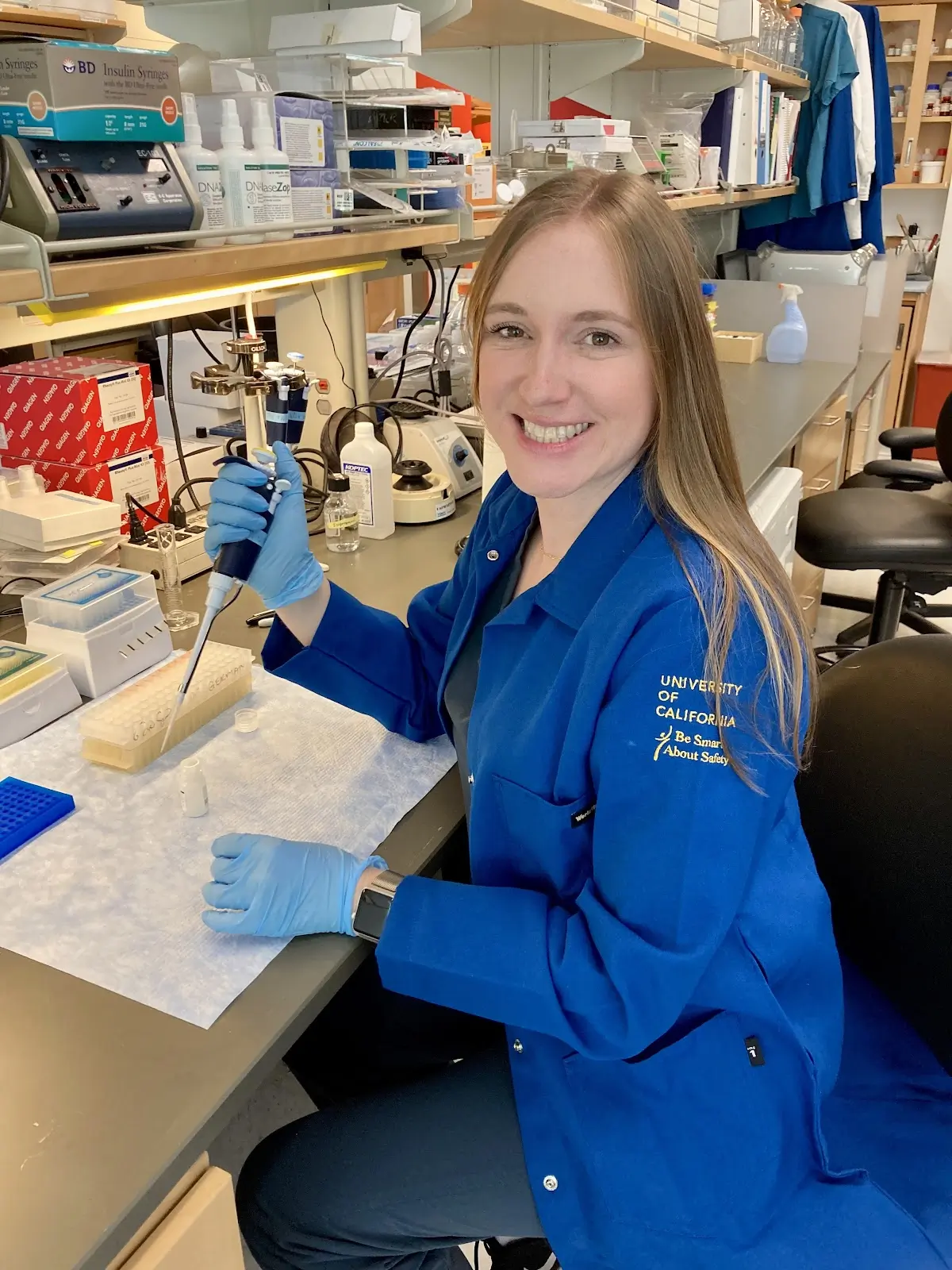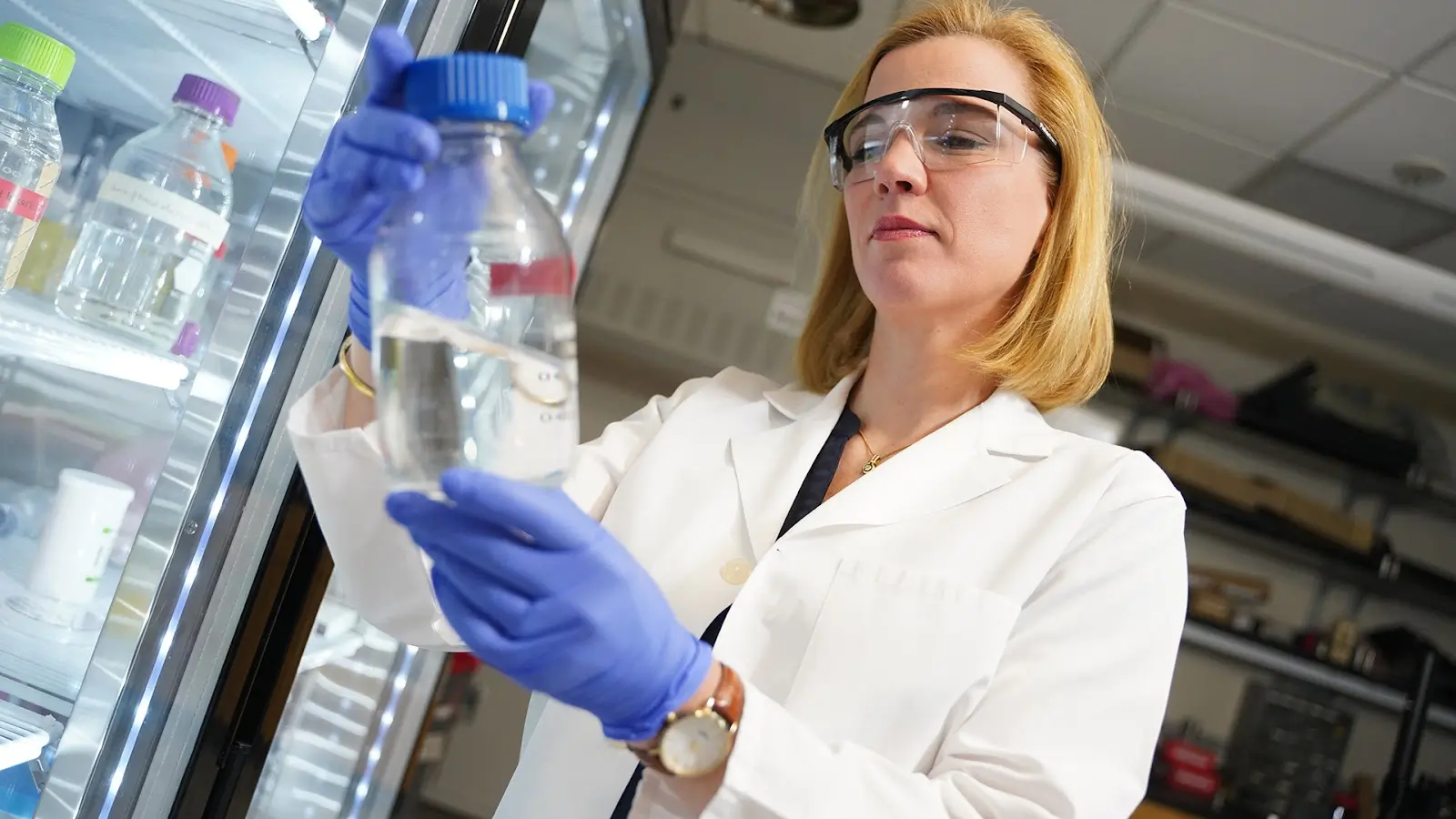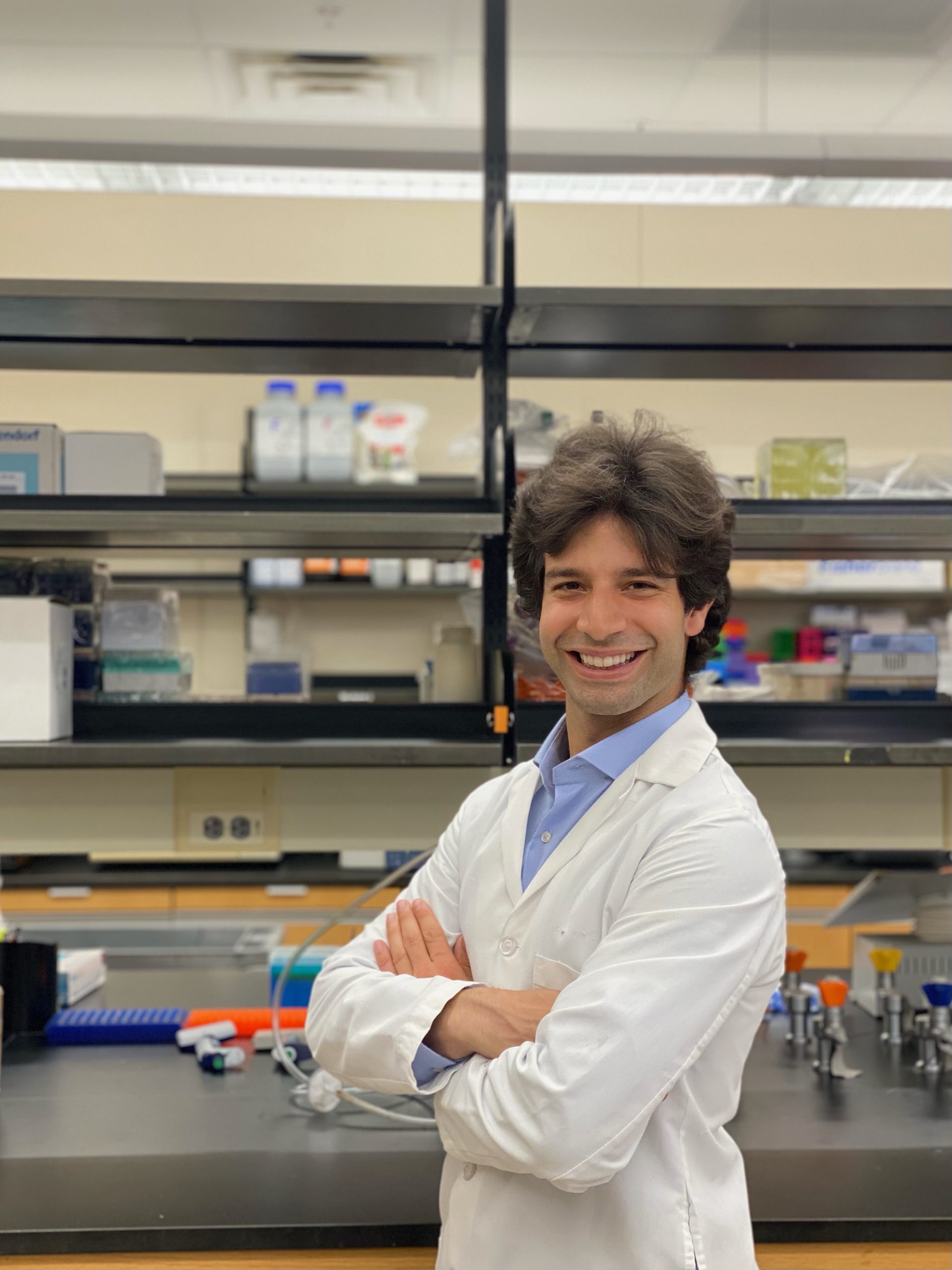Project Description
A bio-integrated sensor for continuous noninvasive monitoring of blood glucose levels will eliminate the need for diabetes patients to draw blood multiple times a day. This technology helps patients to better maintain their blood glucose level by providing more frequent blood glucose information, allowing patients to adjust their insulin dosage or diet according to the current glucose values and preventing potential hyperglycemia or hypoglycemia. However, most of the current continuous glucose monitoring sensors are enzyme electrodes or microdialysis probes implanted under the skin. These sensors usually require oxygen for activity, are insufficiently stable in people, and exhibit poor accuracy under low glucose conditions. The presence of interfering electroactive substances in tissues can also cause impaired responses and signal drift, requiring frequent calibrations of current sensors.
To address these issues, I will first make a gene delivery platform for detection of blood glucose, and then develop a wearable fluorescence imaging patch for the engineered skin platform. My fluorescence-based glucose sensor in the skin will likely be more stable, have improved sensitivity, and resolve the issue of electrochemical interference from the tissue.
As a first step, I engineered skin cells with a glucose-binding fluorescent protein sensor which undergoes dramatic fluorescence changes upon glucose binding. When these engineered cells were exposed to a solution with increasing amounts of glucose, the data showed an excellent correlation between the amount of fluorescence and the amount of glucose . Mouse skin cells that mimic fully developed skin tissue (called organoids) were made by placing the cells with the fluorescent sensor onto an acellularized dermis or collagen hydrogel. After I transplanted the skin organoid with the engineered cells into a mouse, the fluorescence signal showed a strong correlation with the glucose concentration from 55 mg/dl (within hypoglycemic range) to 150 mg/dl (within hyperglycemic range). The fluorescent signal in skin can be detected for six months. My next step is to test the engraftment of the skin organoids on animal models with type 1 diabetes.
Human skin organoids will also be prepared with a similar strategy. The resultant tissue will be transplanted onto mice with repressed immune systems to avoid rejection of the transplantation. Engraftment of the human skin organoids onto the mice will likely lead to stable incorporation of targeted cells, which can express the glucose-binding protein sensor in vivo, allowing continuous monitoring of glucose.
I am currently a postdoctoral researcher in Dr. Xiaoyang Wu’s lab at the University of Chicago. Dr. Wu’s group has extensive knowledge in somatic cell engineering, including genome editing, mammalian transposon system, and different viral vectors. Recent studies by our group have made a breakthrough by making the key technology for preparing mouse skin organoid cultures and transferring the cultured mouse skin substitute onto an immunocompetent host. In this project, I will take advantage of the mammalian skin system to set up a novel ex vivo genome engineering approach, encompassing genome editing of skin stem cells in vitro along with skin organoid culture and skin transplantation in vivo for monitoring blood glucose. I believe that my work will not only benefit the patients with type 1 diabetes, but also provide convenience to the physicians to treat the patients.








